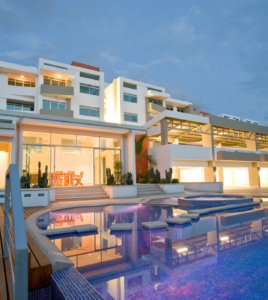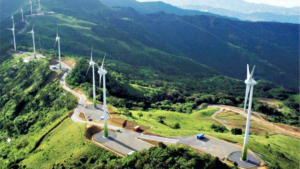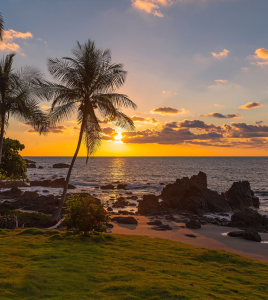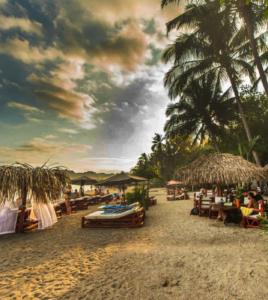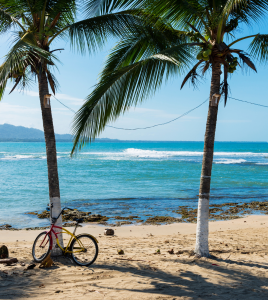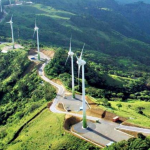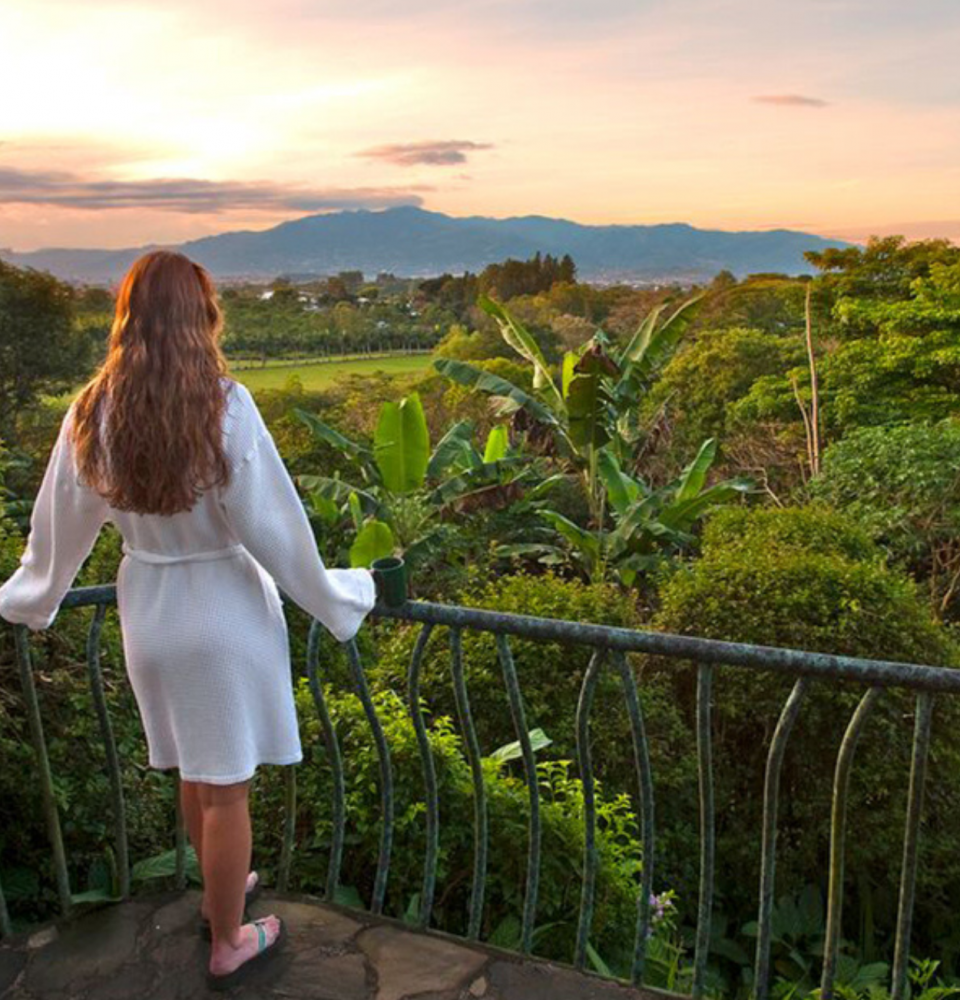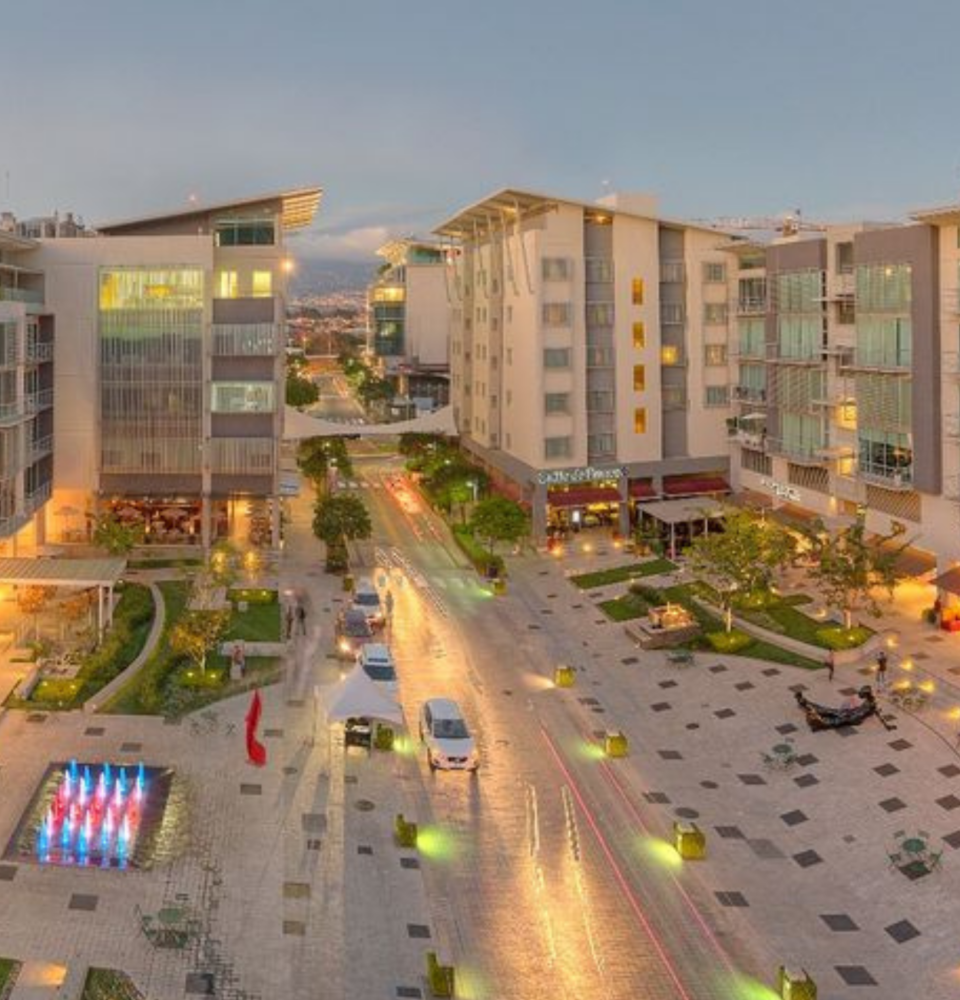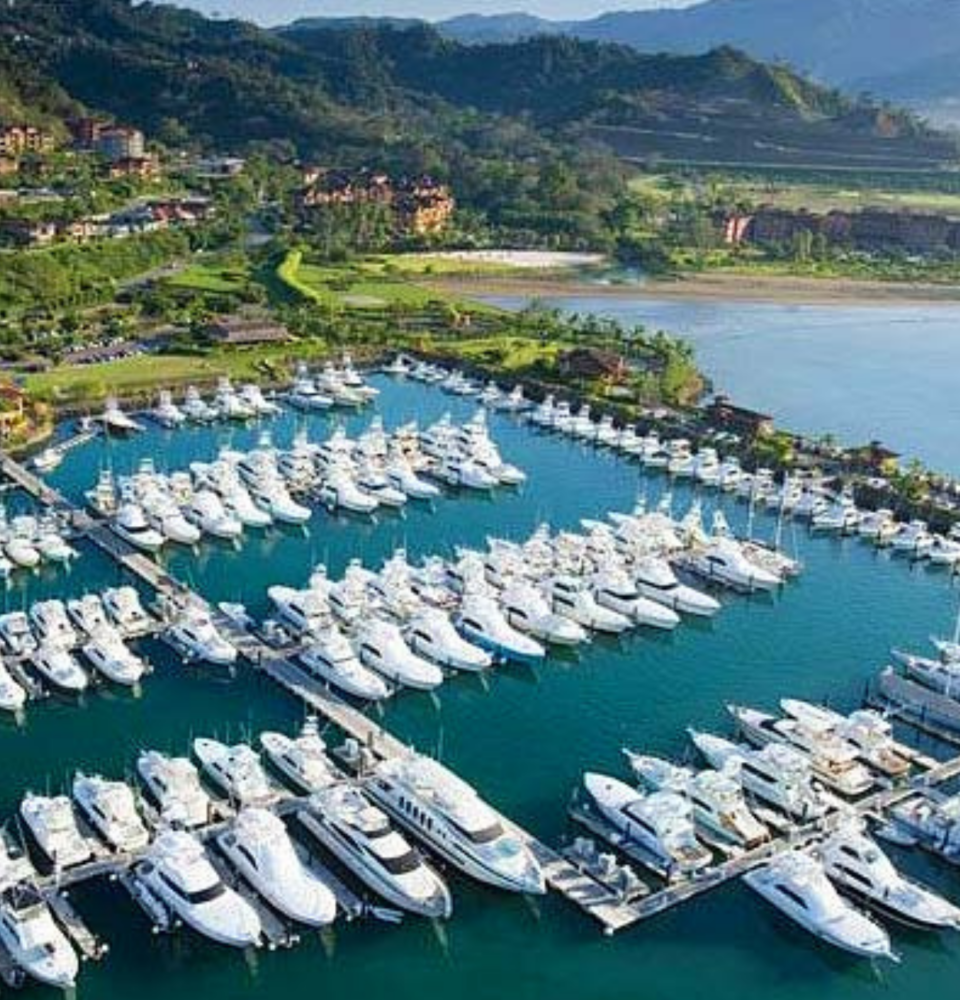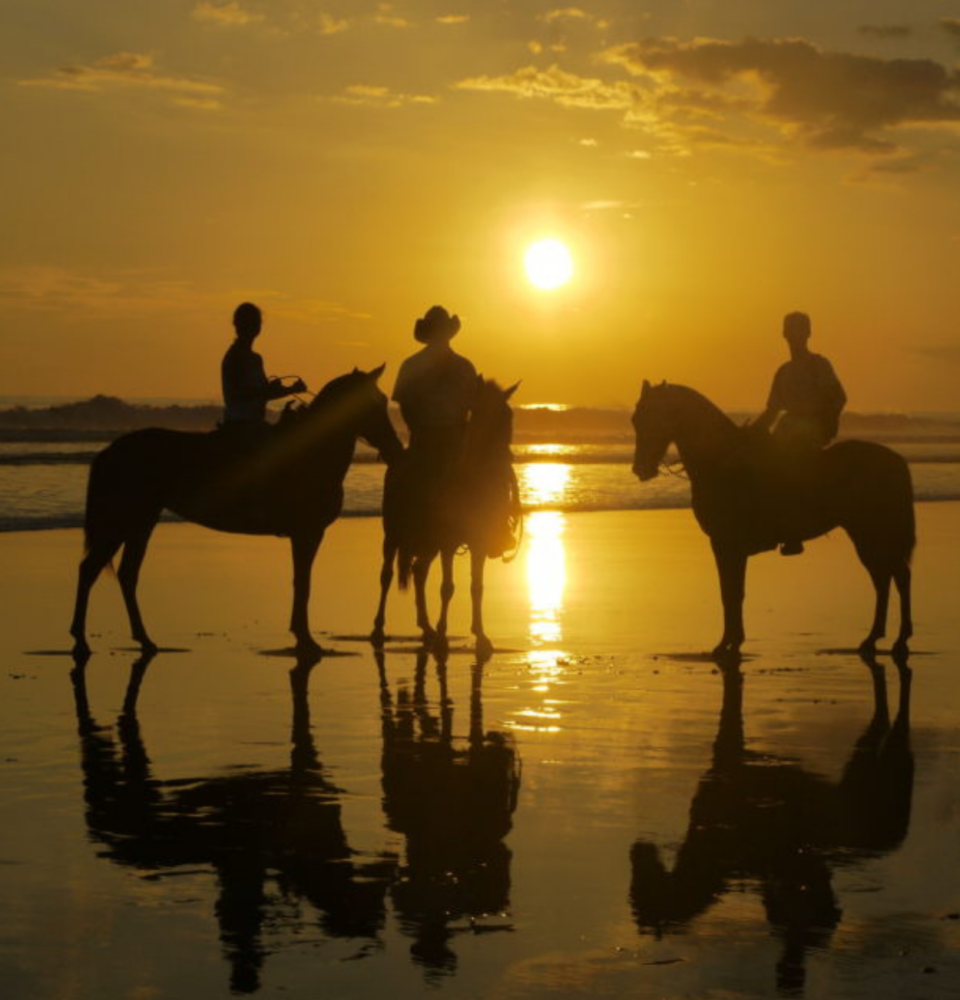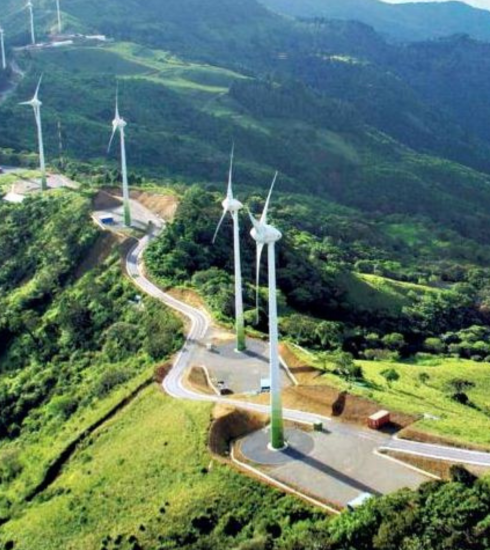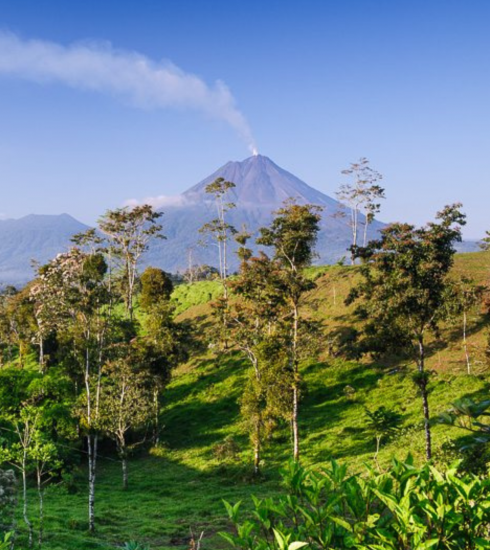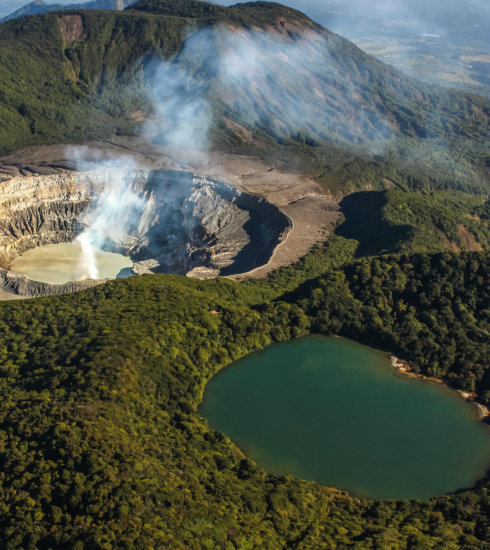San Jose, Costa Rica
There are a number of lovely museums, historical parks, malls, and art galleries in San Jose, the Central Market and pedestrian boulevard is a popular inexpensive sea of merchandise, and arranging tours to anywhere in the country is extremely easy from any hotel, B&B or one of the hundreds of travel agencies dotting the city.
Landscape: Cloud forest, rainforest, mountains
Attractions: Hanging bridges, Cloud Forest Reserve, waterfalls, wildlife
Activities: Adventure tours, bird & wildlife watching, night hikes
Caters to: Couples/honeymooners, families, independent travelers, nature
Views from the outlying Escazu and Heredia, nestled opposite each other on the mountainsides cradling San Jose can be magnificent, with the sea of lights of greater San Jose twinkling below.
The eastern side of San Jose is home to the University of Costa Rica, and in that district there’s live music, house parties, concerts, and live venues that pack in the crowds every weekend. El Pueblo is a consortium of over fifty bars, restaurants, discos, and shops that lies just north of Barrio Amon in an architecturally quaint area of San Jose, open from nine until dawn and an extremely popular place for dancing and dining in San Jose.
With a $1.9-billion-a-year tourism industry, Costa Rica stands as the most visited nation in the Central American region, with 1.9 million foreign visitors in 2007, which translates into a relatively high expenditure per tourist of $1000 per trip, and a rate of foreign tourists per capita of 0.46, one of the highest in the Caribbean Basin. Most of the tourists come from the U.S. and Canada (46%), and the E.U. (16%) In 2005, tourism contributed with 8.1% of the country’s GNP and represented 13.3% of direct and indirect employment. Tourism now earns more foreign exchange than bananas and coffee combined.
Ecotourism is extremely popular with the many tourists visiting the extensive national parks and protected areas around the country. Costa Rica was a pioneer in this type of tourism and the country is recognized as one of the few with real ecotourism. In terms of 2008 Travel and Tourism Competitiveness Index, Costa Rica reached the 44th place in the world ranking, being the first among Latin American countries. Just considering the subindex measuring human, cultural, and natural resources, Costa Rica ranks in the 24th place at a worldwide level, and ranks 7th when considering only the natural resources pillar.
San Jose is only a 2 hour flight from Miami and 3 ½ from New York.
Before being named San Jose,after the city’s patron saint, the town was called “Villanueva de la Boca del Monte del Valle de Abra” (New village of the Mountain’s Mouth in the open Vally)
The small Costa Rican capital was the third city in the world to install public electric lighting, and one of the first to develop a public telephone system.
The city is the site of the University of Costa Rica (1940), the oldest and most diverse of San José’s four public universities. Costa Rica’s stability and democratic reputation attract sizable numbers of foreign students to these universities and to the numerous private universities scattered throughout San José.
In the 1840s the town became one of the important centres of coffee production, which remained the chief source of Costa Rica’s income throughout the 19th.
Explore San Jose
Heredia, Costa Rica
Winding and twisting roads take you through little towns surrounded by coffee plantations and lush vegetation.
Escazu, Costa Rica
Retaining much of its local flavor, Escazú makes a great place to live for those who crave luxury.
